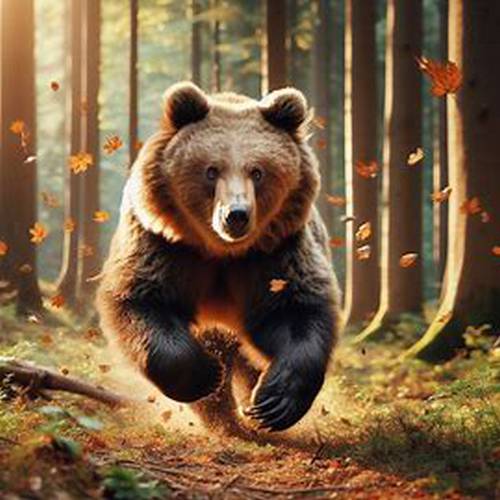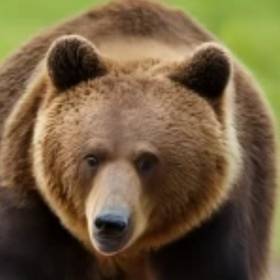Bears are surprisingly fast runners, with their speeds varying by species. Grizzly bears, black bears, and polar bears all exhibit impressive agility and power. Despite their large size, they can cover ground quickly, making them formidable in the wild. Understanding bear speeds is crucial, especially for hikers and hunters, as it highlights the importance of maintaining a safe distance. These powerful animals can move rapidly, demonstrating a combination of strength and speed that is both fascinating and essential for their survival in diverse environments.
The fastest bear species
That the grizzly bear is the fastest of all bear species? These powerful animals can reach speeds of up to 35 miles per hour, which is faster than the average human sprinting speed. Despite their size and bulky appearance, grizzlies are incredibly agile and capable of short bursts of high-speed running, making them formidable predators in the wild.



